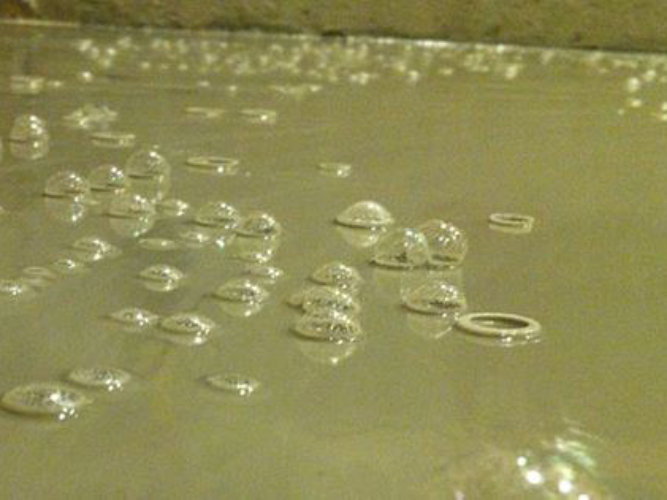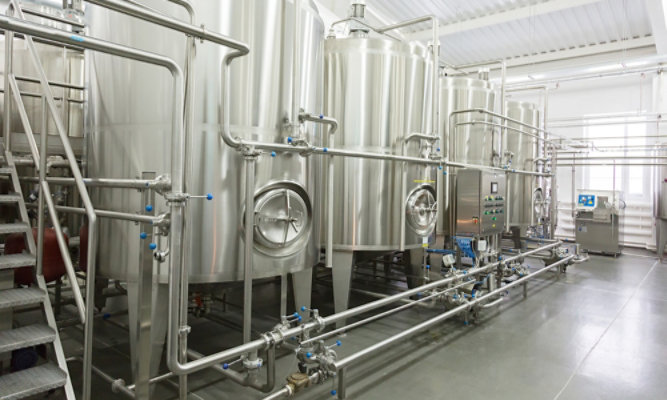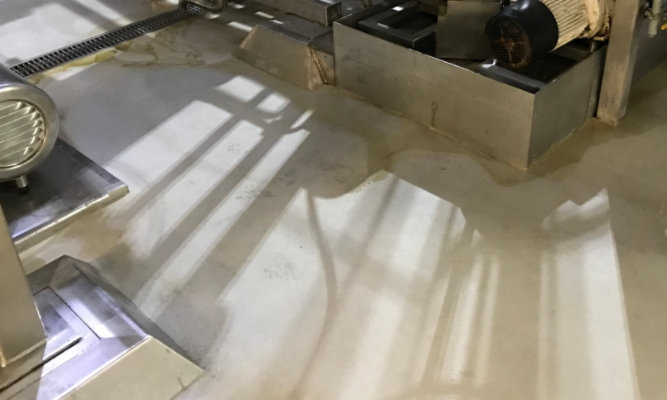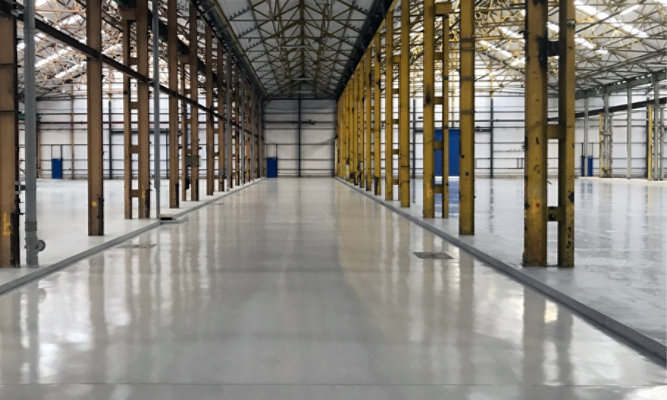Why Does My Epoxy Floor Have Bubbles?
When bubbles appear in a freshly applied epoxy coating, the most common culprit is something called “outgassing”. Outgassing is a site condition that allows air or gas from the concrete substrate to escape in excess and cause blisters, craters, bubbles, or pinholes. Knowing how to identify and resolve such issues can help contractors and facility professionals save time and money.
Learn More or Get a Free Flooring Evaluation

How to Identify Outgassing
Outgassing will almost always show up as a perfect circle with either a ridge around the edge of the circle or as a bubble in the coating. There may or may not be a pinhole visible at the bottom of the circle.
The pinhole is where the gas is escaping from the slab. If no pinhole is present, this is good news! It means that the coating has sealed off the outgassing site.
Possible Causes of Outgassing
Outgassing tends to occur when one or more of the following conditions are present:
- A concrete substrate of the air-entrained variety that has had excessive air volume incorporated into the original mix
- Moisture vapor or liquid escaping from the concrete slab
- Air moving in and out of the concrete slab with changes in temperature and barometric pressure
- Concrete that has not been cured properly and is soft/punky
During primer installation: If outgassing bubbles are seen during the primer application, a metal porcupine roller can be used to pop the surface tension as bubbles start to develop. This can often prevent the outgassing bubble from forming, and allow the primer to fill in the pinhole that would otherwise be created. Though not a guaranteed remedy, use of the metal porcupine roller during priming has proven itself to be a highly successful way to “nip it in the bud” and prevent outgassing bubbles from appearing in subsequent coats.
After primer is installed: If the outgassing surface anomalies are seen after the prime coat installation, then re-priming the affected area is best. In sections where outgassing is especially aggressive, application of a thick, viscous epoxy patching material may be needed, prior to re-priming. In very severe cases, multiple coats of patch product may be required before pinholes are completely sealed off and the prime coat can be applied.
After finish coats are installed: If finish coats are applied before the outgassing issue is identified, the best option is to sand the affected areas and patch with the topcoat material — or a thixotropic product, followed by the topcoat material. If the outgassing is widespread, recoating the entire floor may be required.
The Good News
While outgassing bubbles or craters may be unattractive, they typically do not affect the bond strength of the coating.
So by taking the time to address the issue properly, a skilled professional flooring contractor can still deliver a beautiful, impressively durable, high performance floor that meets their client’s expectations.
Have other technical questions about resinous flooring? We’re here to help – simply contact us!
Discover More
Industry Expertise and Innovation
See how we help customers find customized solutions for their project and application challenges.
System Lookup
Find out more about our innovative floor systems for a variety of industries.
FIND A SYSTEM

